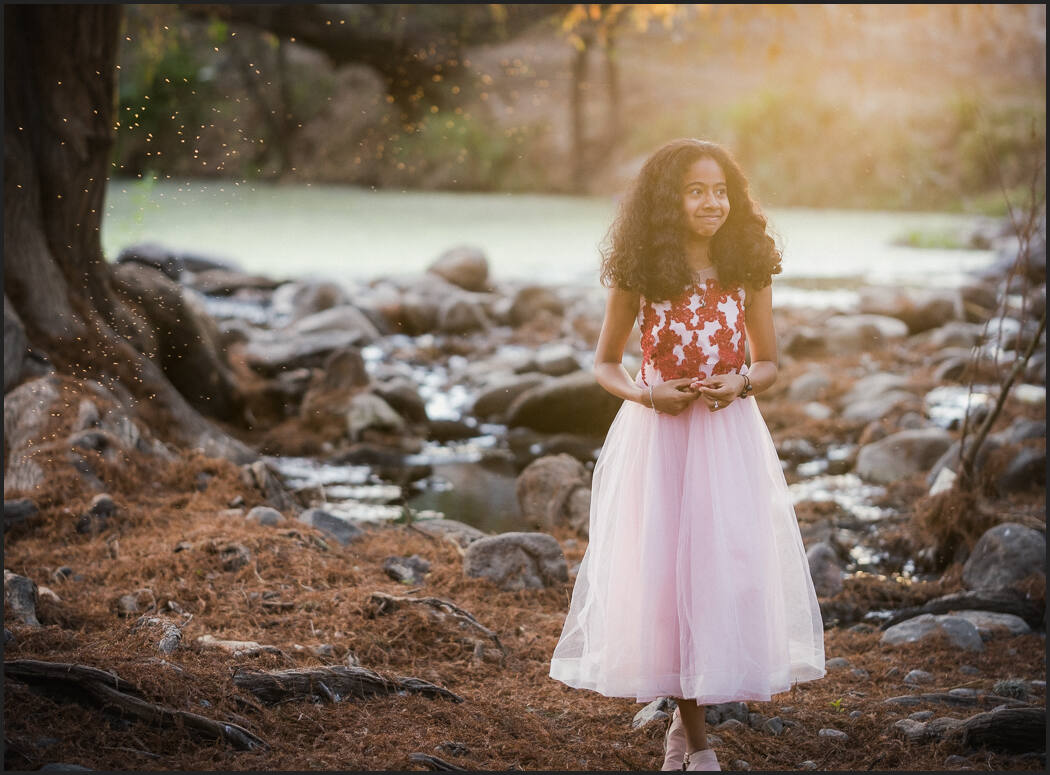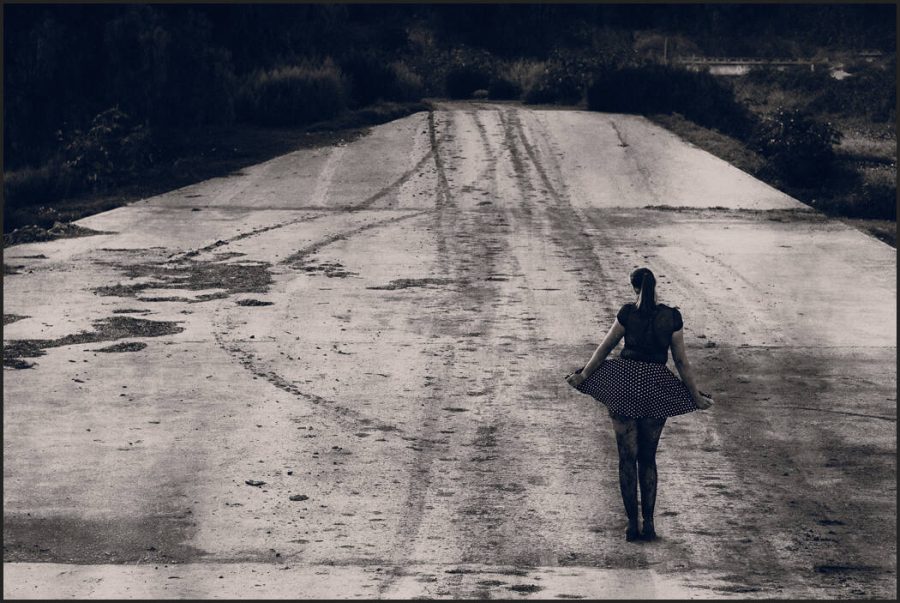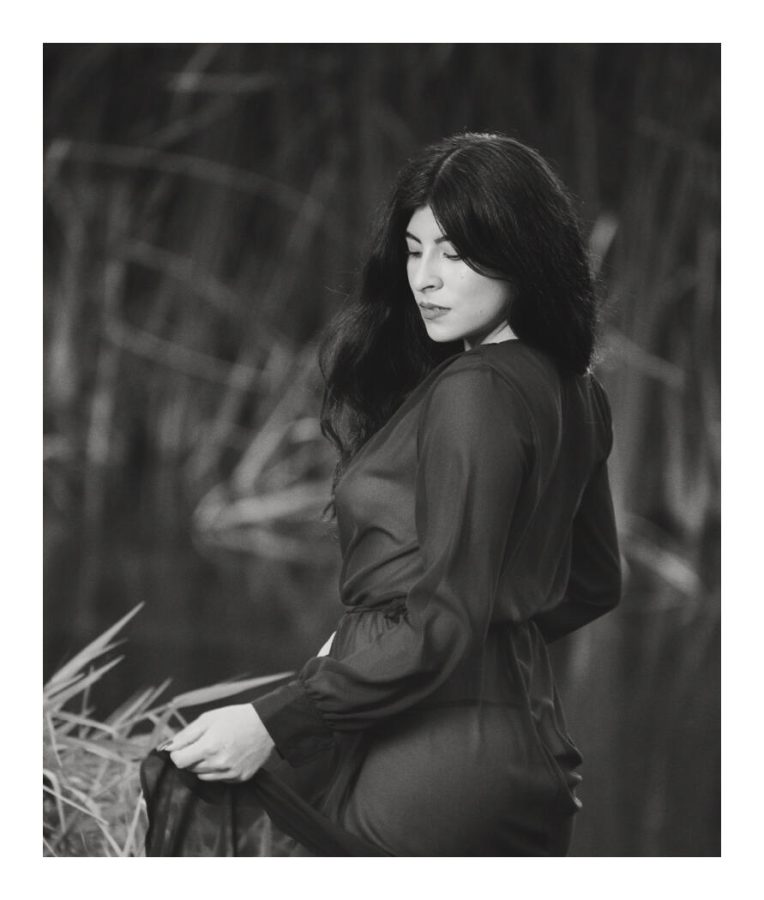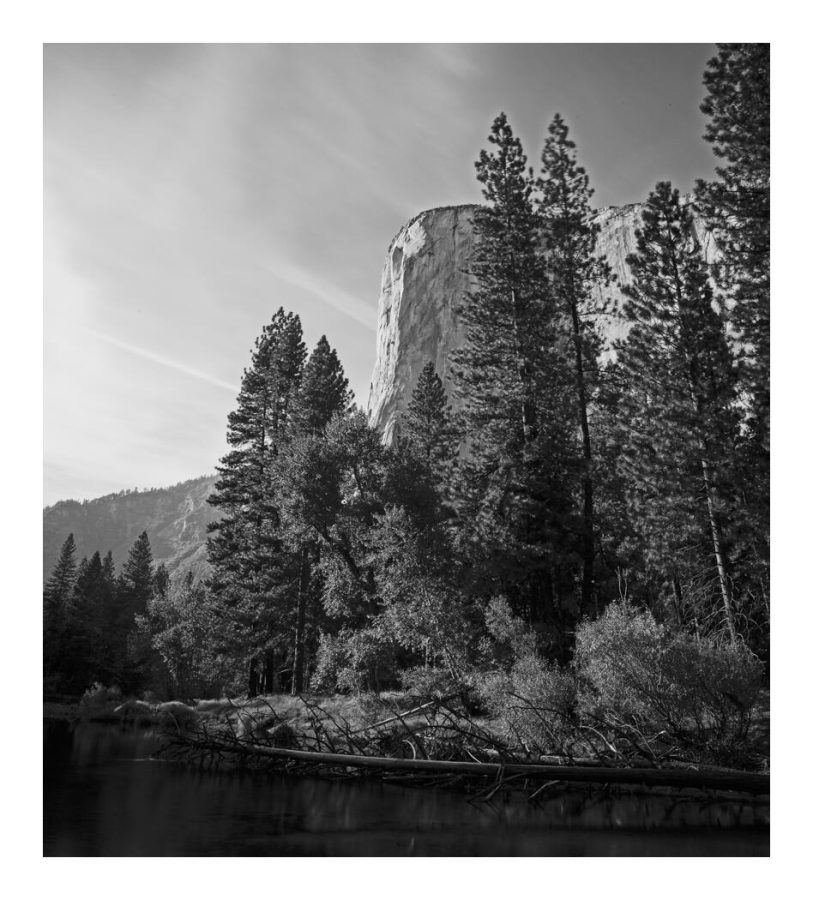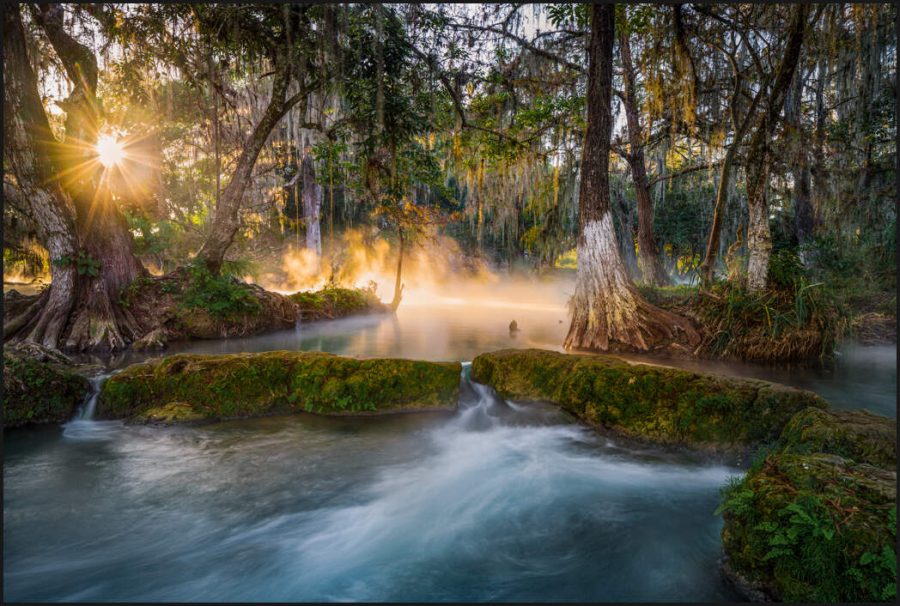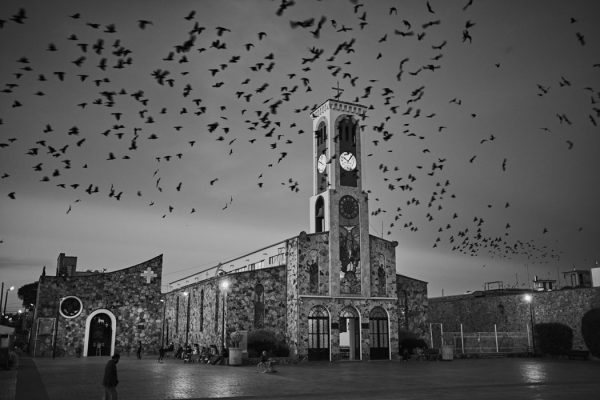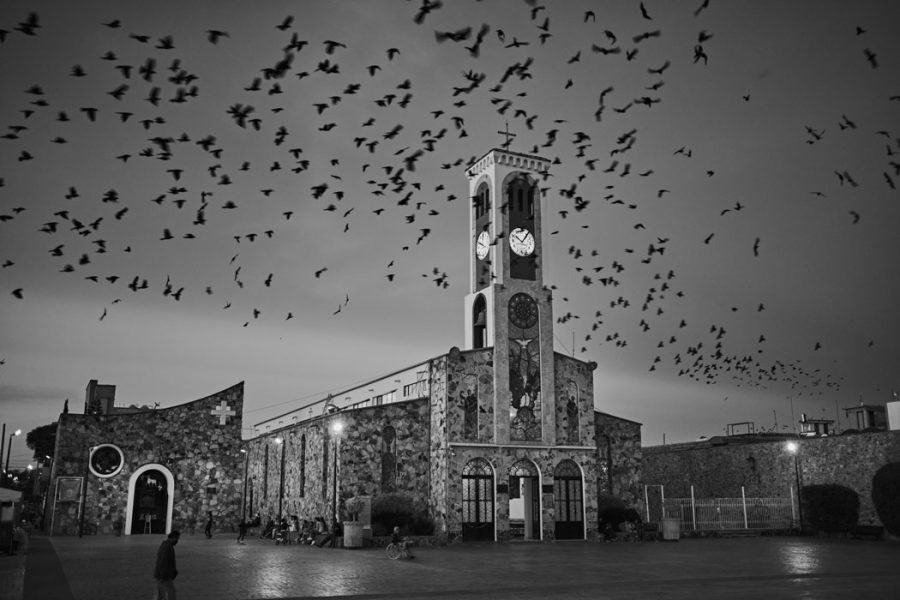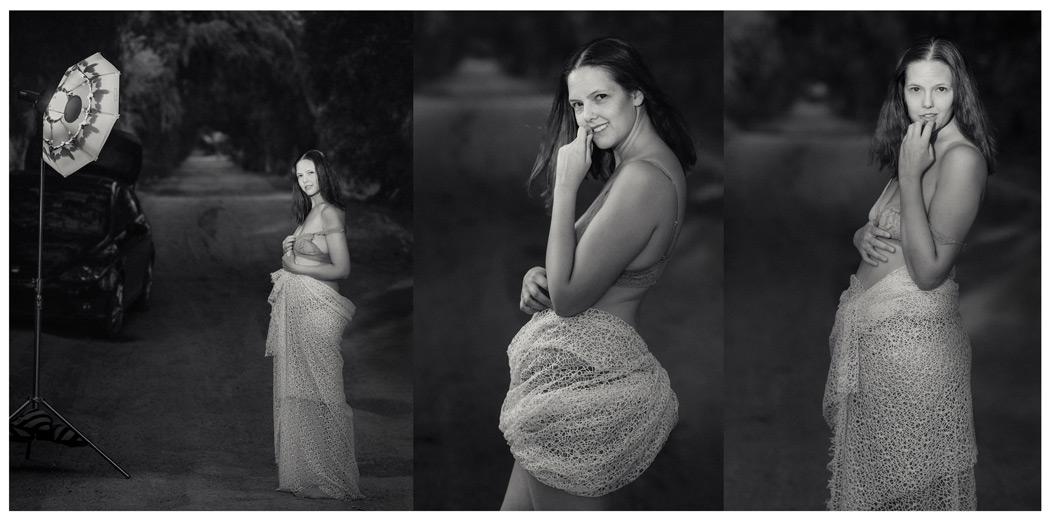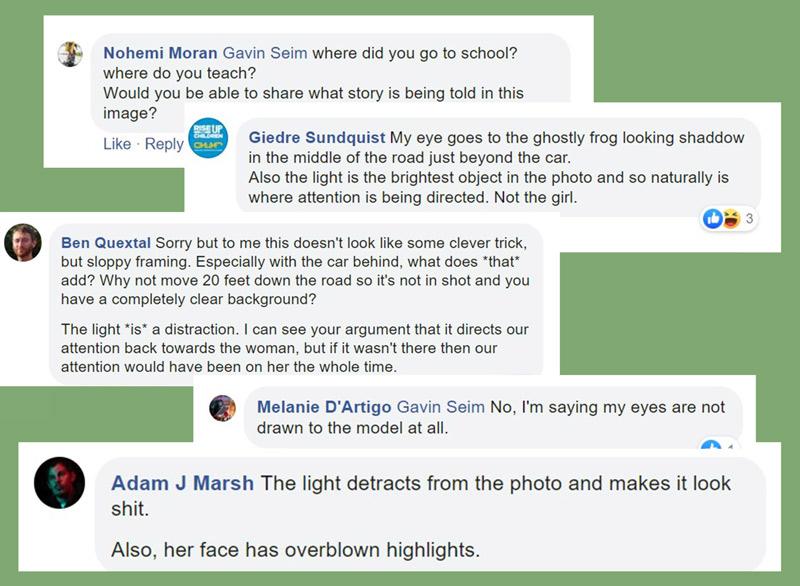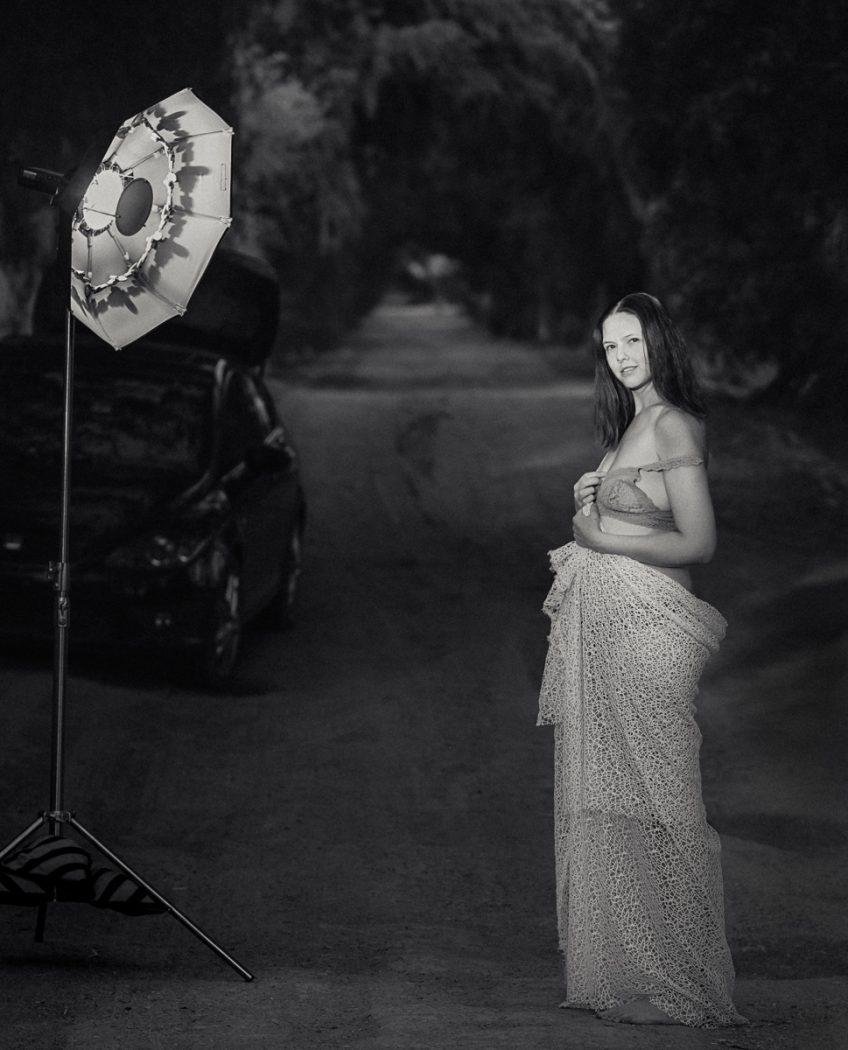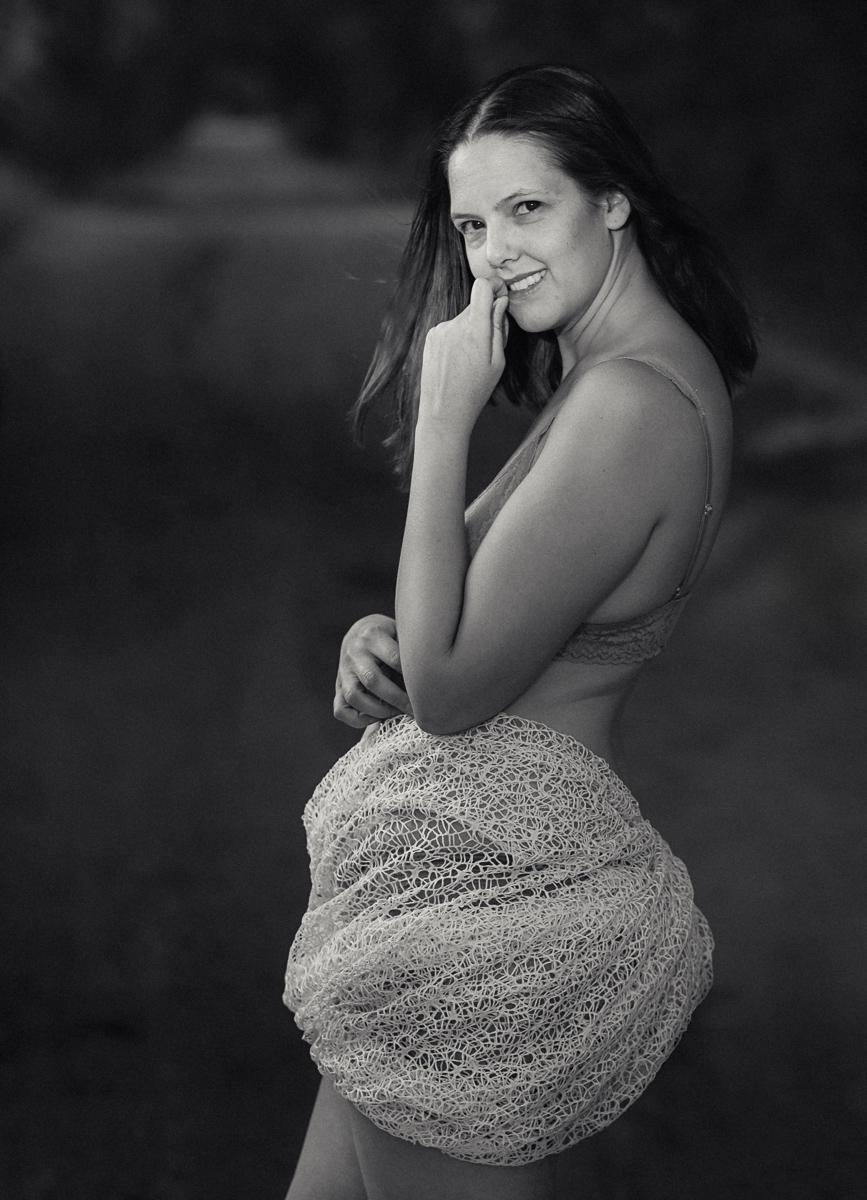“Go to the bathroom,” My mentor told me – After 15 years, I saw it. These free online photography courses are game-changing.
Shadow Hackers LIVE
With Gavin Seim.
Wed July 6th | 11AM CST (UTC-6)
Sign up $69 Free
This inspired me so much…
Loved your shadow hackers live:) I used to work with the zone system when I used film many years ago, but sort of gave it up when I started shooting digital. This inspired me so much, Thank you!! Åshild
This free online photography course is LIVE and teaches you the critical things every photo course ignores.
I’ve taught classroom and online photography courses for 15 years But none compare to Shadow Hackers. This is my free online photography course that will ignite your photography in one day.
I’m Gavin Seim. I’ve been a photographer for over 20 years. You may be thinking. “Ugh, another crappy online photo webinar about things I already know!” — It’s not I guarantee you.
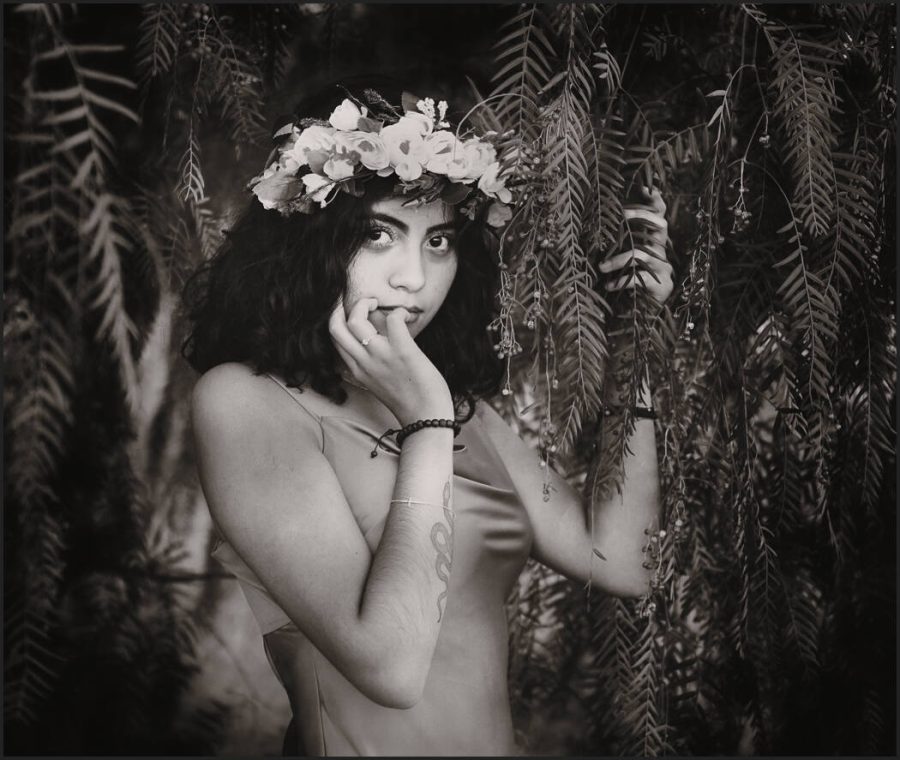
You’re about to see everything in your photos!
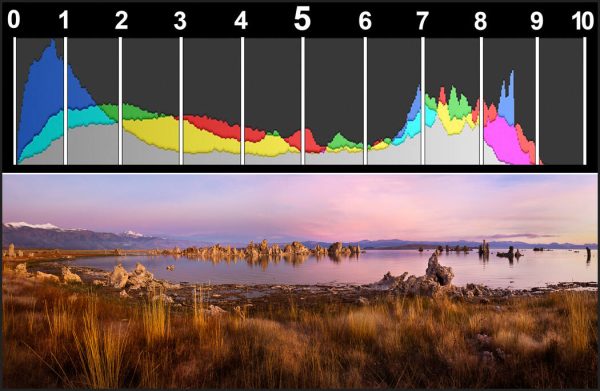
And nothing will be the same once you do. I’ve been building the Shadow hacking method for a decade and no one else is teaching what I’m about to show you. In one hour I’m going to challenge everything you know.
Have you ever taken a great photo but not know why it worked so well? Or took a shot and expected a great photo, only to be disappointed? I’ll show you why.
I’m Gavin Seim, a Master photographer, YouTuber, and host of the Pro Photography Podcast.
It was the early 2000s when digital blew up. I realized that to survive in photography, I had to stand out. I traveled. I paid for classes. I studied with the top photographers. I wanted to become a Master of Photography and when I finally did in 2017, I realized that was just the start.
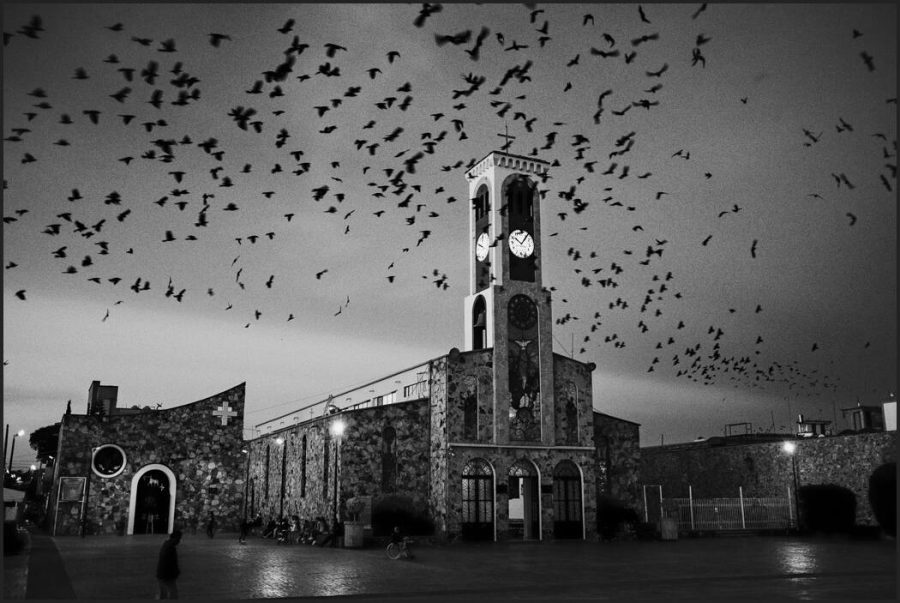
Photo schools and conferences won’t teach you this stuff…
This may sound dramatic, but it was a dramatic change for me! You may be where I was 15 years ago. You may be newer, or advanced. But you’re here because you want to be BETTER! It took me so many years of advanced photography study to discover what I’m showing you in these free online photography courses.
A glimpse of what I’m going to teach you!
- Cameras don’t tell you the “right exposure”. Here’s how you do it!
- The secret to dramatic photos is NOT actually light and this is why!
- Easily combine art and science to instantly improve your photography!
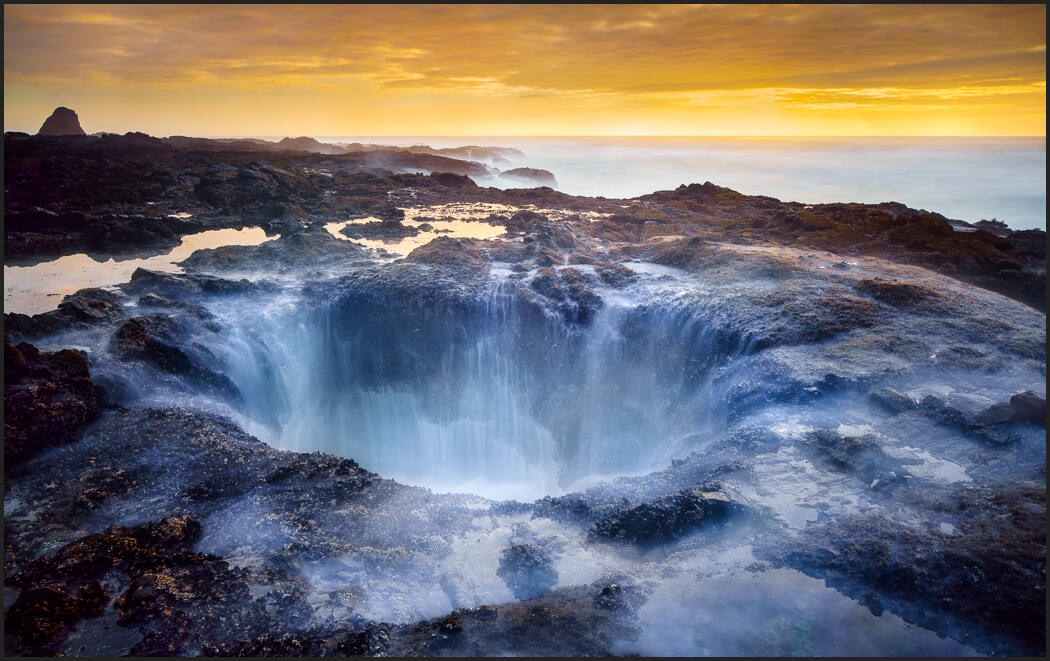
The actually free online photography course will transform your photography fast.
The reason is that most photo teachers don’t know this. These secrets are not common and have been lost over the years since digital.
Have you ever felt like you’re missing a link to something important, but you’re so close so you keep looking? Finding the information was not as easy in those days and it’s surprisingly hard even with the internet.
When I started grasping bits of this I was blown away. I called my friend who was a long-time rep for a major camera brand and said… why did no one tell me this It felt so strange because I would never see light and shadow the same again.
That was the year I started documenting and trying to make it simple. The next year I started filming the award-winning Exposed workshops. But the process was not complete. Over a decade later, I made this free online photography course to make it easier to start out.
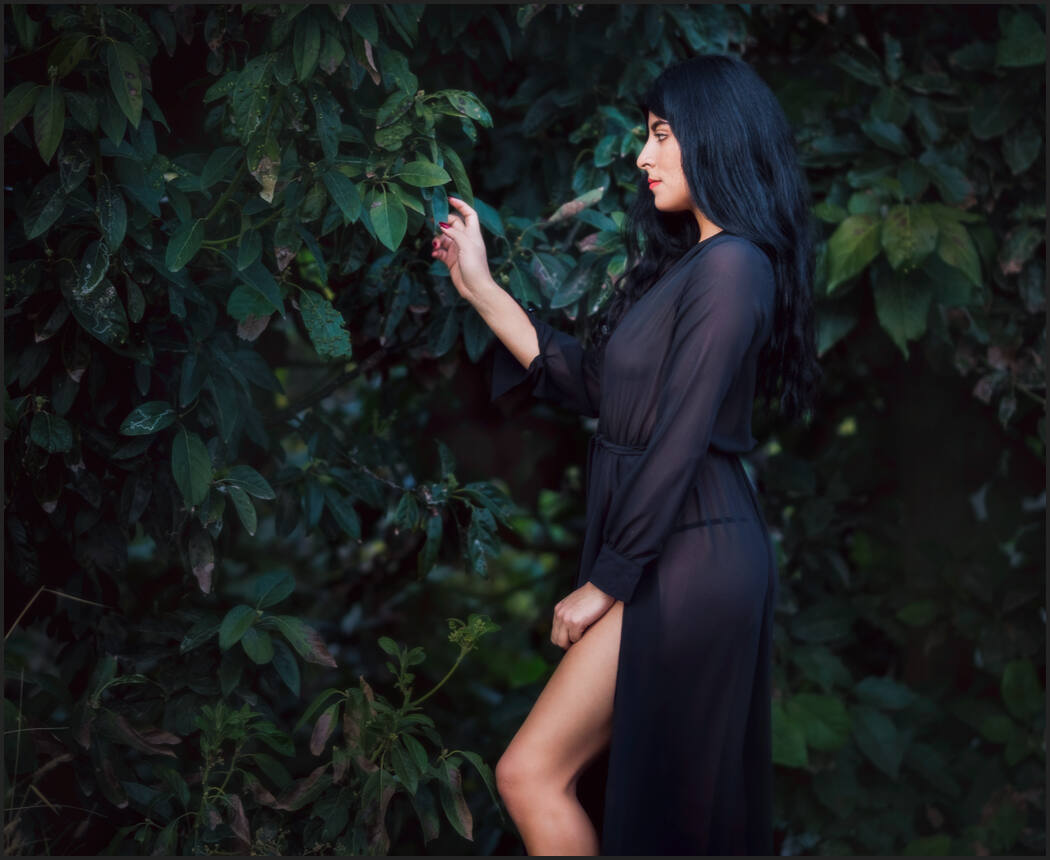
Shadow Hackers free online photography courses for those who want to step ahead of the pack.
I remember discovering something early one early on, standing in the window of my studio. I asked my friend
“Why did no one tell me this about photography?”
He laughed and said… “They don’t teach that stuff anymore!
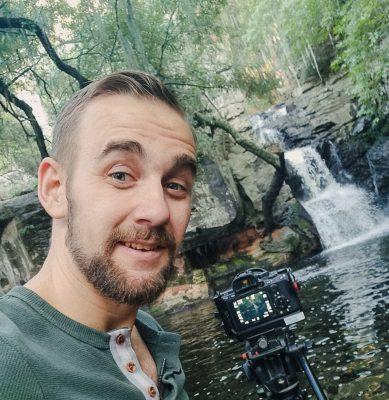
I needed to understand the secrets of the masters that they never complied into one course. When I finally discovered these I knew I had to make free online photography courses to share it. Techniques to get great photos every day, not just when things go well. No tool or software makes you a great photographer. Knowing this does!
I started shooting large-format films. I was understanding tones, the truth about light meters, and finally the truth about SHADOW. It changed everything and pushed me to become a PPA Master Photographer and create my HotOne award-winning Exposed workshop. But it was not enough.
Now it’s 2022 and photographers are still not being taught this. We’re going to change that together. I’ve compressed this into a LIVE workshop that makes the 3 secrets of shadow hacking simple and challenges everything you know. And once you know. You will spread it.
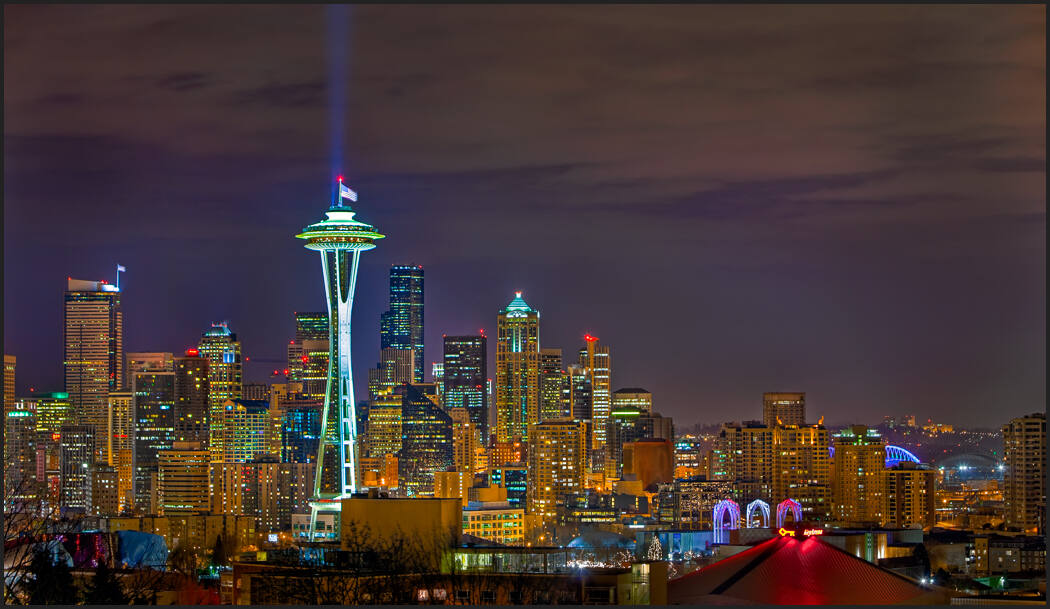
I came back to my mentor, the legendary Whitmore, and said.
“This changes everything. I don’t know if I can see normally again”
Ken laughed because to him it was normal. The man that had given me only the film holders for a 4×5 camera then told me to go sit in the bathroom. He didn’t think about it like this because it was normal.
A LIVE online photography course, not another marketing replay!
When I started with film in the ’90s. There was no redo button. If you listen. This will change your photography faster than you ever thought possible. I’m going to show you, for free.
This is a real LIVE class, not an automated webinar. There will never be another just like it. The class will be 70-80 minutes and there no replay. So set your calendar and don’t miss this opportunity.
Sign up above and I can’t wait to see you there. Gavin Seim
